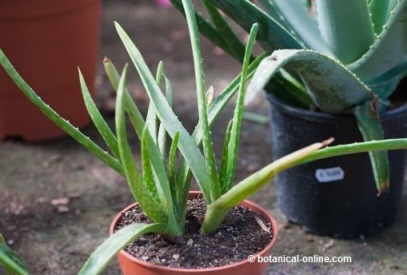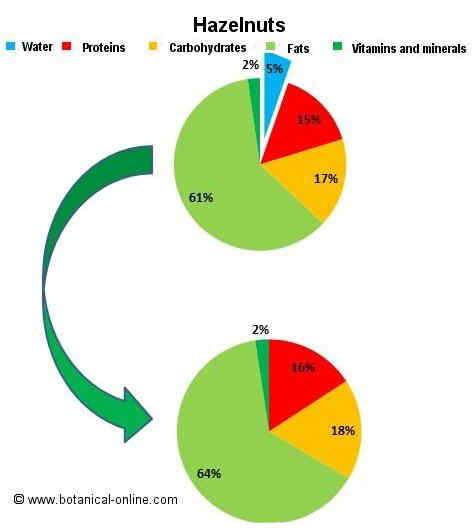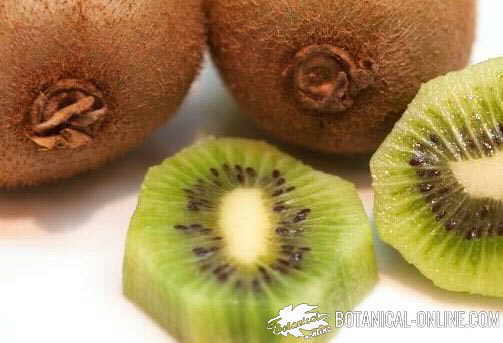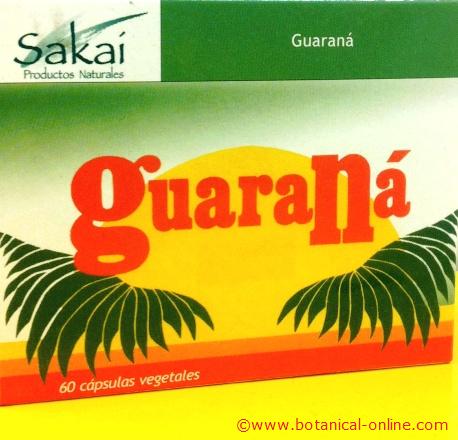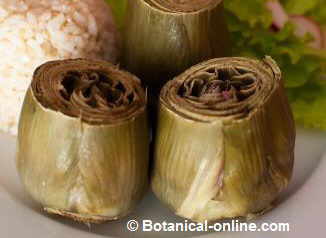Contents
PRICKLY PEAR MEDICINAL PROPERTIES – BENEFITS OF PRICKLY PEAR
Internal use
Prickly pear to regulate diabetes
Recently, the prickly pear cactus has become a very popular food in the study of diabetes. The interest lies in the richness of its fruits in mucilage, pectin, xylose and arabinose, which are types of soluble fiber with good effects on blood sugar regulation.
There have been many hypotheses about the mechanism of action of nopal about diabetes, although it is much study on this. In one experiment, it was compared the antidiabetict diet of 500g of nopalito with 800g. zucchini.
Interestingly, although the fiber content is similar, the results showed that only the cactus had hypoglycemic effect. This initial study suggests that nopal may have other components besides its hypoglycemic fiber.
Prickly pear to diminish cholesterol
A property of fiber, as the fruits of cactus provide us, is to help reduce blood cholesterol levels.
One study evaluated the effectiveness of the prickly pear cactus to help reduce cholesterol. The study subjects followed a diet who consumed 250g. of tunas daily for 8 weeks.
The results showed a decrease in total cholesterol and improve glycemic. These results suggest that tuna is a good food to prevent metabolic syndrome and beneficial in preventing heart disease. Another similar study conducted with nopal capsules, share the positive results of this plant against cholesterol.
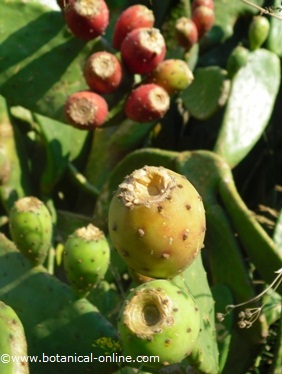
Another medicinal properties of prickly pear
– Prickly pear for the liver: Scientific studies suggest that this cactus can have beneficial effects on the liver diseases. The cactus extract protects the liver from damage from chemical pesticides and aflatoxins, probably due to its richness in antioxidants.
These substances protect the liver from the peroxidation of fats, also affecting the improvement in blood cholesterol levels. Infusion of flowers contains protector flavonoids protectors and liver tonics, as rutin, quercetin and kaempferol.
– Prickly pear for gastritis: Indian fig is a protective remedy for the gastric mucosa, due to its content of mucilage, which accelerates the regeneration of the gastric mucosa, as demonstrated by scientific studies.
Because of its potential anti-ulcer properties, both the fruit and young stems (nopales) are adequate in the diet for gastritis, heartburn and stomach ulcers.
– Prickly pear for coughs: syrup prepared from the fruits of cactus, or prickly pear tunas, is a traditional remedy for coughs.
– Prickly pear as astringent: flowers and fruits of the plant are astringent, so they are used to treat diarrhea. Flowers are also antispasmodic, and can be taken for cramps. (Infusion of 3g. Dried flowers per cup, up to 3 a day. Fruits can be eaten fresh).
– Prickly pear for memory: some articles mention that flavonoids contained in the fruits of cactus have protective effect on the brain, being a suitable food for memory and prevent degenerative diseases like Alzheimer’s.
![]() More information about prickly pear
More information about prickly pear


